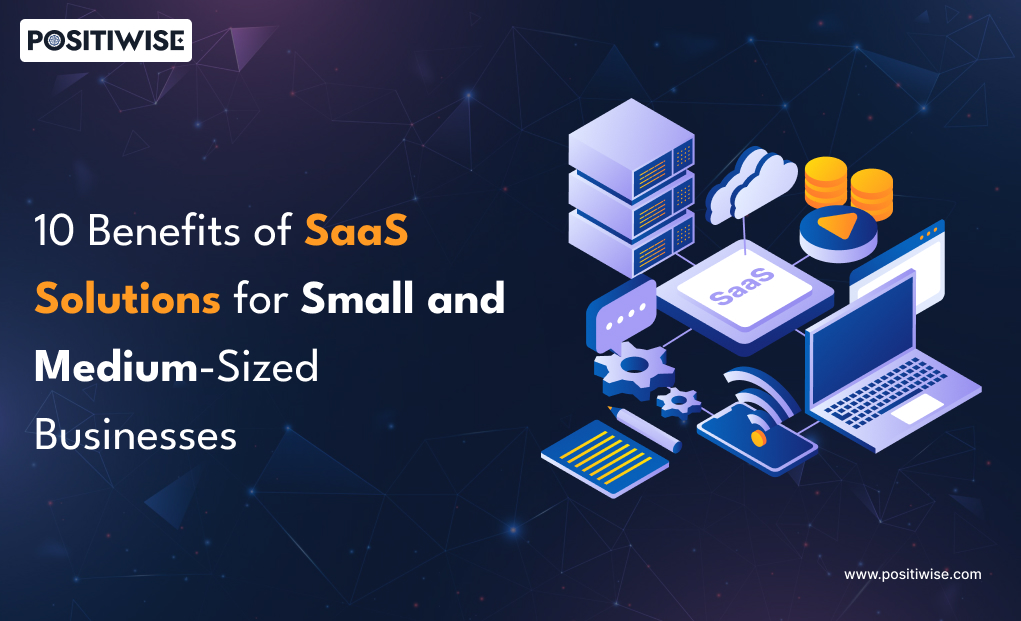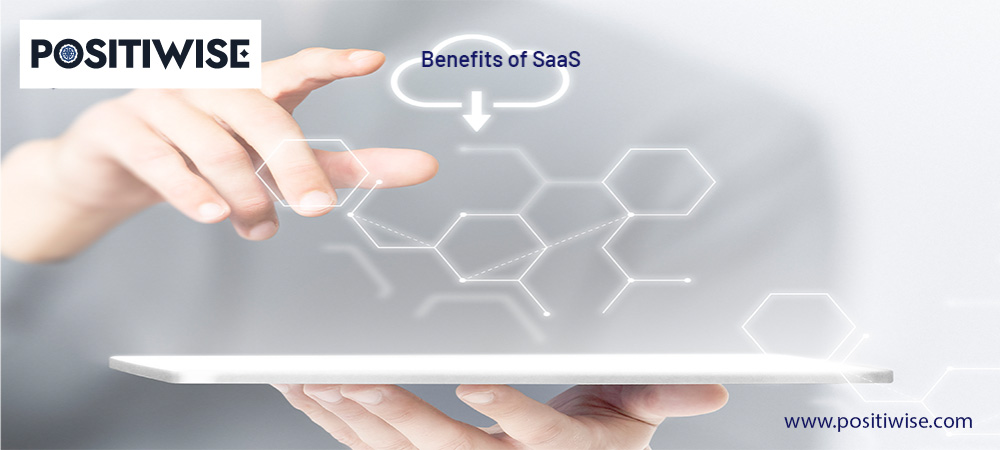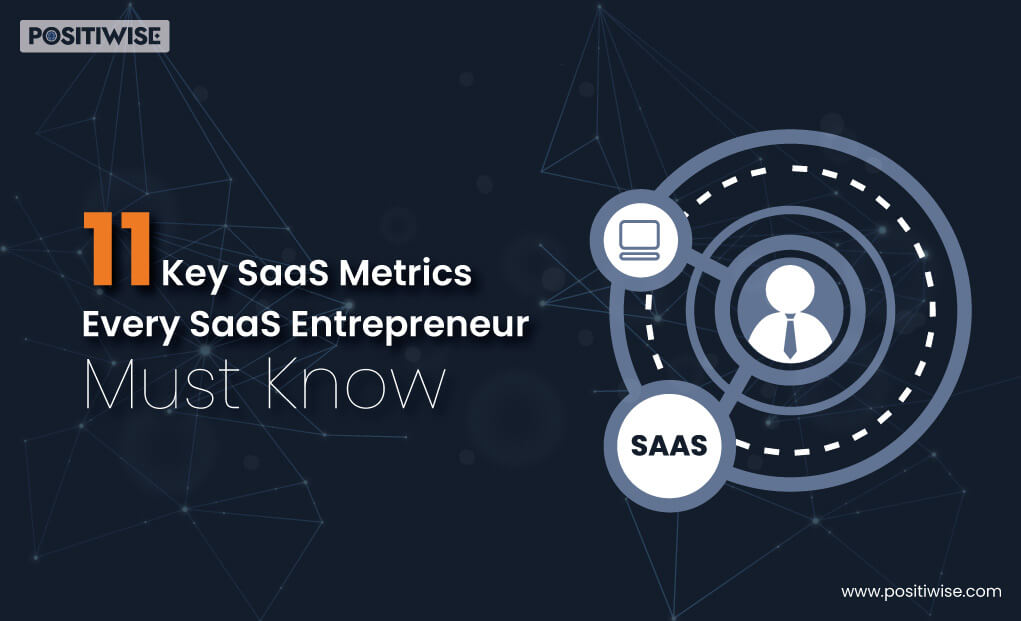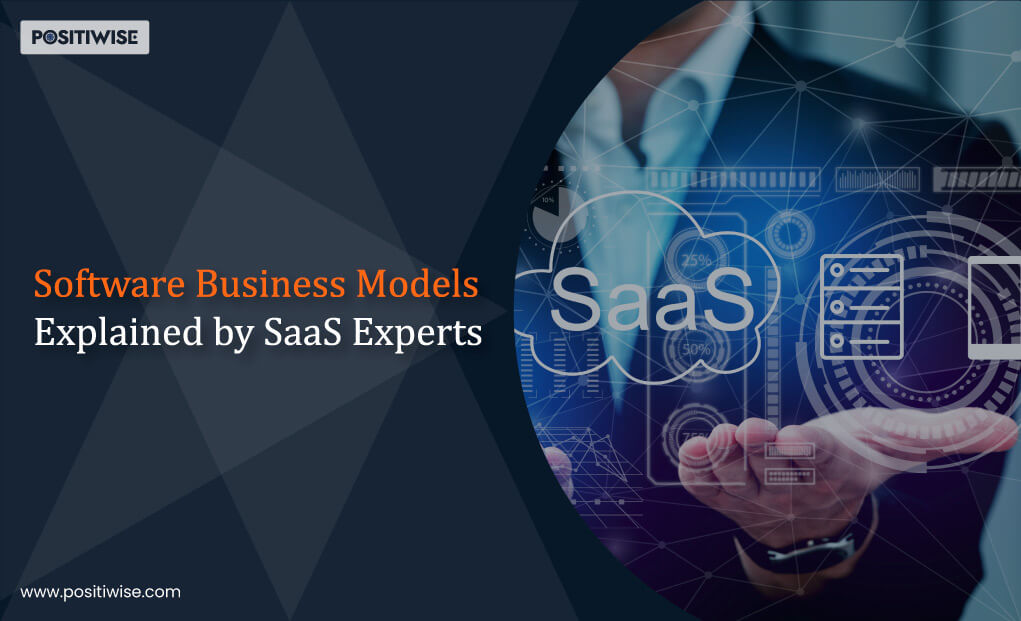Quick Overview:
SaaS Solutions: SaaS is the talk of the town and the most preferred and utilized technology. To understand the reasons behind its extensive popularity, this blog aims to offer a detailed insight into the SaaS benefits for businesses. Undergoing all the benefits will help you understand leverages, such as automatic updates, platform compatibility, and more, that can only be achieved by using Software as a Service (SaaS).
Introduction
Software as a Service (SaaS) is what everyone is talking about in the industry. Even business consultants are highly recommending it for startups and small and medium-sized organizations looking to improve business metrics, productivity, and reliability.
With the dynamic advancement in every industry, SaaS must also be your choice. And to assure you of this decision, here we’ve provided the top SaaS benefits for business.
What is Software as a Service (SaaS)?
Software as a Service (SaaS) is availing of the rights to use software by paying the defined amount of fee to its publisher, developer, or any other authority.
The software in the SaaS business model is hosted by the developer. Mostly, it’s deployed on a cloud platform, from where it’s accessible anywhere, anytime, and to everyone. As a small and medium organization, you need to pay the fee to the software-owning authority, and they will let you utilize it through the web browser.
The most popular types of SaaS solutions are as follows:
- Employee attendance, HR, and Payroll management systems, such as Keka
- ERP systems, such as Infor, Workday, SAP, and Oracle
- Accounting systems, such as Zoho Books, Sage 50, and QuickBooks
- Content management systems (CMS), such as Magento, WordPress, and Shopify
- Project management systems, such as Trello, Jira, and Asana
- Customer relationship management systems, like Zoho CRM, Salesforce, HubSpot and Pipedrive
The Top 10 SaaS Benefits for Business
The below listed 10 SaaS benefits of business will let you understand how Software as a Service can help you increase productivity and save on cost, time, and effort.
1: Minimal Maintenance Cost
There are two primary scenarios where you save costs by choosing a SaaS application for your business.
If you have your own custom SaaS application, it will help you save on hardware purchase costs. You can directly deploy it over a cloud platform and pay per resource usage. In addition, you can even opt for some other pricing model per your convenience and budget.
In addition, if you select a developed SaaS application from some other vendor, you can utilize it by paying the subscription or license fee. Further, the responsibility of maintaining the SaaS application will be of the authorized publisher/development firm. Therefore, in both cases, you don’t have to invest in servers and resources required to maintain them.
2: Effortless Collaboration
SaaS applications are considered one of the most reliable means of improving collaboration with different stakeholders. You can easily embed the features of your choice to connect with clients, investors, and end-users. All changes will be implemented without requiring any additional modifications on anyone’s device.
Additionally, small and medium-scale companies can use SaaS software to onboard their new customers quickly to increase ROI and productivity. In case any of the clients want to use a specific tool for the project, you can quickly implement that functionality, too.
Furthermore, SaaS applications mostly work and process the data in real time. Thus, all the internal and external stakeholders efficiently understand the current progress and move forward accordingly to achieve results within minimal time.
3: Automated Updates
The utilization of SaaS applications never lets you go outdated. You can only leverage this benefit if you utilize SaaS software from a third-party vendor instead of using your own custom software. The publisher will build, test, and deploy the update on the server, preferably the cloud platform.
Following the update deployment, the SaaS software is automatically updated. The entire procedure runs in the background and ensures that service is available to each user. Also, in case you want to integrate a specific tool or add custom functionality, that update can also be deployed simultaneously.
Therefore, SaaS applications let you improve services over time, capitalize more, enhance customer satisfaction, and align with the latest market trends and approaches.
4: Easy and Quick Integrations
To efficiently manage a small and medium-scale business, multiple tools are used, such as ERP systems, project management tools, payroll management, and more. Navigating between these tools and applications can be a hectic task and even create additional complexities. But, with SaaS software, you can streamline all your tasks.
Software as a Service allows you to connect with different services, databases, tools, and applications while retaining performance, scalability, flexibility, and security. You can directly embed your third-party tool with it or utilize an API to establish a connection between the two.
Due to this, the employees can access every required feature from a single interface, and the system load will also decrease. Thus, again, you will save money on purchasing additional hardware and software resources.
5: Highly Scalable
The scalability of Software as a Service (SaaS) is highly recognizable. You can onboard as many users and stakeholders as needed, and the required resources will always be available. In addition, you can change your plan according to your needs.
For instance, if your users grow exponentially, you can purchase an upper-level plan to support them. And if your users get reduced, you can also move to a lower subscription, pay-per-use, or any other plan you have selected.
Therefore, SaaS applications are flexible and can be scaled up and down anytime without providing prior notice to the vendor.
6: Impeccable Platform Compatibility
When you utilize a SaaS application, you don’t need to fret about platform compatibility issues. The SaaS software is primarily accessible through a web browser, and the vendor ensures that all significant browsers, such as Google Chrome, Mozilla Firefox, MS Edge, and others, support it. In addition, if any of its components need to be downloaded, then also it’s compatible with Windows, macOS, and Linux machines.
Furthermore, the updates and patches released for SaaS software are automatically installed on the cloud platform only. Due to this, update discrepancies with your operating system are eliminated, providing a seamless experience to all your employees and customers.
Also, it reduces the effort to maintain system specifications, enabling the focus to be on other small- and medium-scale business tasks.
7: Cyber-Security and CIA Compliance
Data security and prevention of cyber-attacks are top-level priorities for every business, regardless of its size. If you utilize traditional software, you must maintain the device and server security on which it’s hosted. However, the vendor configures, maintains, and updates SaaS application security only.
Here, two primary stakeholders are responsible for security. Firstly, the SaaS developer ensures that the code aligns with required standards and that the app consists of necessary authentication, access, and authorization controls. Secondly, the cloud provider guarantees the server’s security and compliance with NIST, ISO, and other security standards.
Therefore, you can utilize the SaaS software for executing business operations in a secure environment, ensuring data confidentiality, integrity, and availability.
8: Zero Upfront Cost
At a small and medium organization, saving additional costs is a priority so that operations can be impeccably supported. The SaaS business model extensively supports achieving such a goal.
To use SaaS software, you don’t need to purchase any additional software and hardware resources, such as servers. You will only be required to have a system with fundamental specifications, such as 8GB RAM, 1 TB hard disk space, an i5 processor, and a fast internet connection. However, the specifications can vary per your use case, but the system used to run SaaS is not expensive.
You can effortlessly access the SaaS from the browser and complete all your tasks. And as the software is on the vendor’s server, it’s their responsibility to maintain it. Thus, you save on infrastructure as well.
9: Quick Deployment and Availability
Nowadays, everything needs to be quick so that organizations can take an edge over competitors and move forward in the industry. And SaaS is considered the quickest way to adapt a new application for your business. The entire SaaS deployment process is completed in five easy steps as follows.
Step 1: You search and shortlist the different SaaS solutions per requirement.
Step 2: You conduct an insight into the shortlisted SaaS application, such as analyzing its features, pricing, and other details.
Step 3: You take a free trial of your selected SaaS solutions.
Step 4: Analyze the results of all the SaaS software you utilized and finalize a one per convenience.
Step 5: Pay the price per defined billing and start using the SaaS software in your small and medium organizations.
Most probably, you can complete the entire process within a month with the help of software consultation services. It’ll be way more affordable and quicker than developing your own custom solution.
10: Anytime and Anywhere Accessibility
SaaS solutions are considered a reliable choice for businesses running globally and in a 24/7 environment. As you know, SaaS software is mainly accessed through web browsers, and this feature leverages you with accessibility anytime and anywhere.
For instance, if your office is in India and you are in America, requiring to view some files. With the SaaS application, you can access and view the files from the browser of your laptop and even your mobile phone.
In addition, if your teams work remotely, they can access the resources from anywhere, log into the systems securely, and efficiently collaborate with other team members.
Elevate Your Business With Our SaaS Solutions
Fuel your business with our SaaS solution. Attain unmatched efficiency, expedite growth, and inspire an innovative culture.
Concluding Up
SaaS applications are the most convenient way for small and medium businesses to grow their productivity, streamline operations, and improve collaboration. Software as a Service supports every aspect, from saving upfront to application maintenance cost, cybersecurity, platform compatibility, seamless integrations, and more. In addition, you only pay for the services you avail and leverage with anytime and anywhere access and scalability. Thus, SaaS is the solution to take your small to medium-scale organizations to the next level.
Expert in Marketing Strategy and Brand Recognition
Jemin Desai is Chief Marketing Officer at Positiwise Software Pvt Ltd, he is responsible for creating and accelerating the company’s marketing strategy and brand recognition across the globe. He has more than 20 years of experience in senior marketing roles at the Inc. 5000 Fastest-Growing Private Companies.






